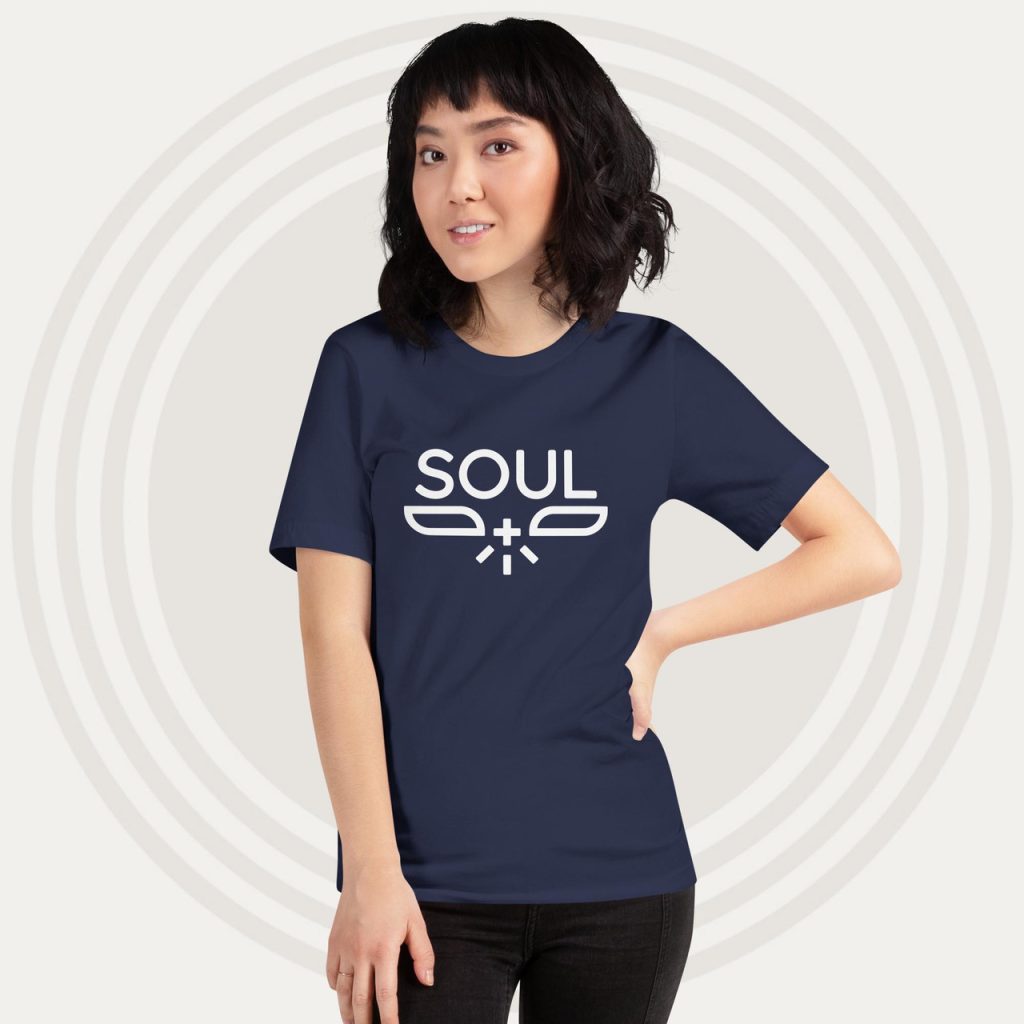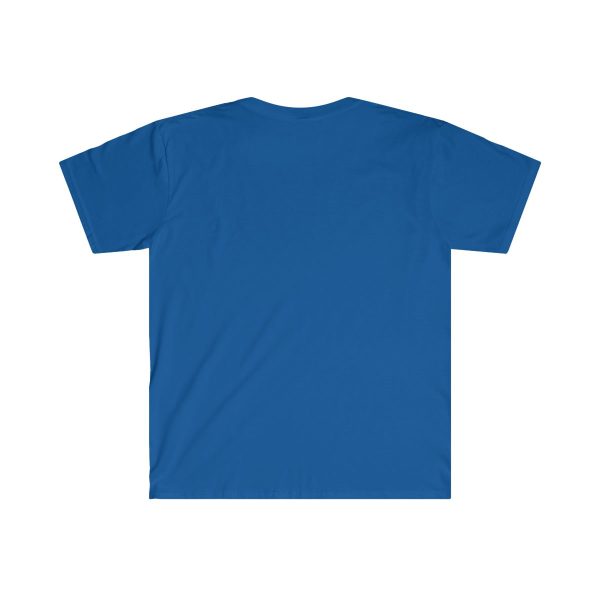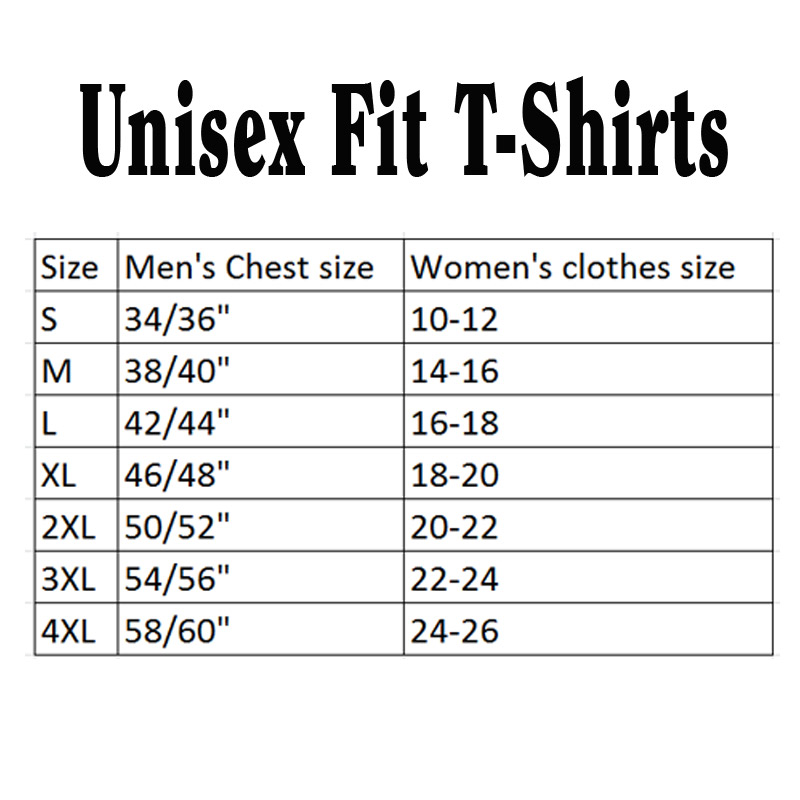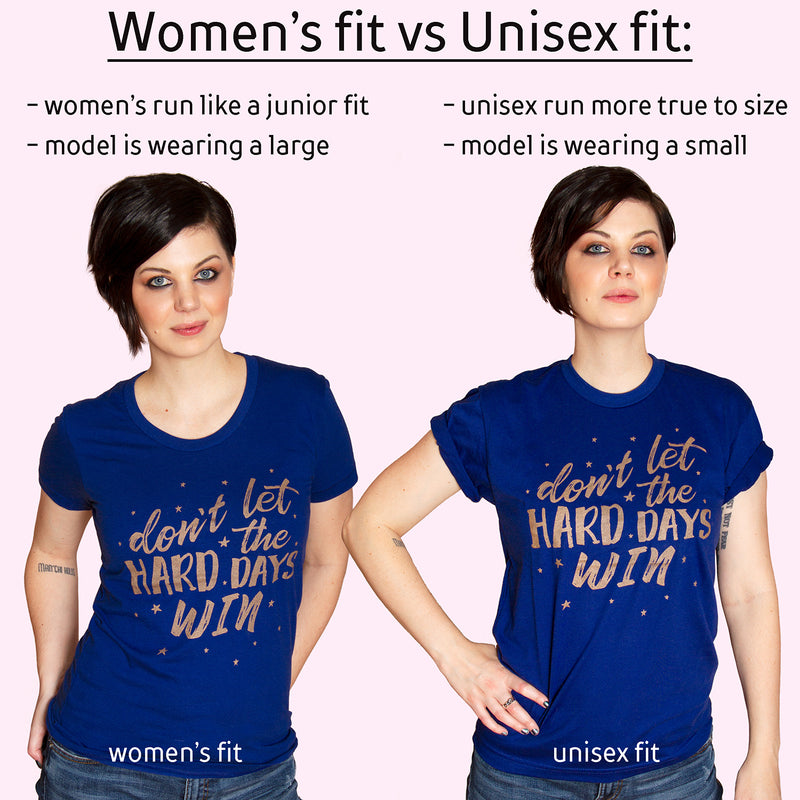Introduction to Unisex Shirt Sizing
Navigating the world of unisex shirt sizes can be confusing. Unlike gender-specific clothing, unisex shirts aim to provide a comfortable fit for everyone, regardless of gender. This essential guide will help you understand unisex shirt sizing. You’ll discover how it compares to men’s and women’s sizes. Plus, learn tips for selecting shirts that fit well and look great.
Unisex shirts offer versatility and a broad appeal. They cater to a wide audience by not conforming to traditional gender norms. As a result, these shirts have become a staple in casual wardrobes. But comfort doesn’t mean one size fits all. It’s crucial to understand how unisex sizes run compared to gender-specific options.
Typically, unisex shirts have a straight cut. They don’t taper much at the waist. Unisex sizing runs parallel to men’s sizing, which can be larger than women’s sizes. For instance, a unisex medium might be closer to a men’s medium and larger than a women’s medium.
When shopping for unisex shirts, looking at a size chart is key. Pay attention to chest and waist measurements to avoid sizing mistakes. Remember, a perfect fit not only feels right but also boosts confidence and style. Stick around as we delve deeper into unisex t-shirt sizing and how to find your best fit.

The Basics of Unisex T-Shirt Sizing
Unisex t-shirt sizing caters to both men and women, offering a broader, more relaxed fit. It’s essential to understand the basics of unisex t-shirt sizing as it differs from traditional men’s and women’s sizes. Whether you’re shopping for comfort, style, or practicality, getting the sizing right is key. Let’s explore what you need to know about unisex shirt sizes compared to women’s and the sizing range you’ll typically encounter.
Unisex t-shirts generally come in sizes ranging from extra small (XS) to double extra-large (XXL). They are cut with a straighter silhouette, which means they don’t usually taper at the waist as women’s shirts might. This lends itself to a more relaxed and casual look, ideal for various occasions.
To start, if you’re accustomed to women’s sizing, consider sizing down for unisex shirts. A woman who usually wears a medium in women’s might find that a unisex small is a better match. This is because unisex sizing is more aligned with men’s sizing, which tends to be larger. Thus, a unisex shirt marked as ‘small’ may correspond more closely to a ‘medium’ in women’s sizes.
Keep in mind that unisex doesn’t mean one-size-fits-all. Each brand may differ slightly in their sizing standards. Always check the specific size chart provided by the brand. This helps ensure you’re selecting the size that best fits your chest and waist measurements. Remember, the goal is to achieve a fit that’s comfortable and suits your personal style preferences.
In summary, unisex t-shirt sizing is about finding the right balance between a comfortable fit and a flattering look. By understanding how unisex sizes compare to women’s sizes and noting the typical sizing range, you’ll be well on your way to finding your perfect unisex t-shirt.
Differences in Fit: Unisex vs Men’s vs Women’s T-Shirts
Choosing the right t-shirt means understanding the differences in fit. Unisex, men’s, and women’s t-shirts vary in shape and design. Each fit serves different body types and style preferences.
Unisex t-shirts offer a relaxed fit, designed for all body shapes. They don’t have tapered waists, which is common in women’s shirts. This results in a straighter cut that drapes comfortably over the body. Often, unisex shirts match the sizing of men’s shirts, appearing wider and longer.
Men’s t-shirts are cut to accommodate broader shoulders and chests. They are straight through the torso, providing a loose fit around the waist. They’re larger overall compared to women’s shirts.
Women’s t-shirts have a more defined shape, tailored to fit the curves of the body. They’re narrower at the shoulders and may flare at the hips. This cut accentuates the waist, offering a snugger fit.
When comparing unisex shirt sizes vs women’s, keep these differences in mind. A unisex small might feel roomier than a women’s small due to their distinct cuts. It’s all about personal preference and the look you’re going for.
For the best fit, measure your body and consult the brand’s size chart. Remember, the perfect t-shirt should feel good to wear and give you confidence. In the next sections, we’ll provide tips on selecting the right unisex size and how to get the perfect fit regardless of your body type.

How to Choose the Correct Unisex Shirt Size
Choosing the correct unisex shirt size is key to feeling comfortable and confident. Here are some guidelines to help you select the right size when comparing unisex shirt sizes vs women’s:
- Check the Size Chart: Always consult the brand’s size chart as a first step. Size charts offer the most accurate guidance for measurements.
- Know Your Measurements: Take your chest and waist measurements. Compare these to the size chart to find the best match.
- Consider the Fit: Think about how you want the shirt to fit. For a snugger fit, size down. For a looser fit, stick to your regular size or even size up.
- Read Product Reviews: Look for comments about sizing in customer reviews. They can offer insights into how a shirt fits in real life.
- Understand the Cut: Remember that unisex shirts often have a straight cut. This differs from the fitted cut of women’s shirts.
- Start with One Shirt: If unsure, order one shirt first. This way, you can test the size before buying more.
- Pay Attention to Fabric: Some fabrics may shrink. Consider this when choosing your size, especially before washing.
By keeping these points in mind, you’ll be more likely to choose a unisex shirt size that fits well. It’s all about aligning the size with your personal comfort and style.
Tips for Getting the Perfect Fit
Finding the ideal fit for a unisex t-shirt can seem daunting. Nevertheless, it’s achievable with the right approach. Here are invaluable tips to ensure that your unisex shirt compliments you, regardless of your body type:
- Understand the Design: Comprehend that unisex shirts have a generic design. They aim to suit various body shapes comfortably.
- Measure Your Body: Accurate body measurements are crucial. Measure your chest and waist. Use these figures to align with the size chart.
- Consider Your Style: Think about how you like your shirts to fit. Choose a size that matches your style, be it snug or loose.
- Check the Length: Unisex shirts often have longer torsos. Ensure the length works for your body height.
- Utilize Reviews: Customer reviews can give clues about fit. Look for feedback on whether the shirts run big or small.
- Experiment with Sizes: Don’t hesitate to try different sizes. It can help you find your perfect fit.
- Adjust for Shrinkage: If the fabric is prone to shrinking, opt for a larger size to compensate.
- Seek Stretchable Fabrics: Fabrics with some stretch can adapt better to your body, providing a comfortable fit.
Remember, getting the perfect fit might require a bit of trial and error. However, by using these tips, your search for the ideal unisex t-shirt will be much clearer and more straightforward.

Unisex Shirt Sizing for Different Body Types
Finding the right unisex shirt size can vary with different body types. Whether you have a petite frame or a more muscular build, knowing how unisex shirt sizes relate to women’s sizes is key. Let’s dive into how various body types can find the perfect fit.
- Petite Body Types: If you are smaller or have a petite frame, unisex shirts may run large. Consider choosing one size smaller than your usual women’s size. This ensures the shirt doesn’t look too baggy.
- Athletic Body Types: For those with broader shoulders or an athletic build, stick to your regular size. This will provide enough room for comfort without being too tight.
- Curvy Body Types: Unisex sizes may not provide the tailored fit you’re used to with women’s sizes. However, opt for your normal size for a relaxed fit or go down a size for a closer fit.
- Tall Body Types: The extra length in unisex shirts can be beneficial. You may find the fit to be just right in your regular size without worrying about it being too short.
- Plus Size Body Types: Don’t size up unless you want a very loose fit. Unisex shirts offer a generous cut. So your regular size will likely offer a comfortable fit.
Remember, the key to choosing the right unisex shirt size is to consider how you want the shirt to fit your unique body type. Always check the specific brand’s size chart, account for any potential shrinkage, and consider the fabric’s stretch. By doing so, you’ll find a unisex shirt that fits well and looks great, no matter your shape or size.
Seasonal Styling: Wearing Unisex Shirts in Various Climates
Unisex shirts are not just for a single season. You can wear them year-round with a few styling tricks. Here’s how to keep your unisex shirt game strong in any climate:
- Layer up for Cold Weather: In colder months, layer a long-sleeve shirt underneath your unisex t-shirt. Add a cardigan or a sweater for extra warmth.
- Light Fabrics for Warmth: Choose unisex shirts made of lighter fabrics like cotton or linen for summer. They breathe well and keep you cool.
- Accessorize for Spring: In spring, pair your unisex shirt with a light jacket or scarf. This adds style and is practical for changing temperatures.
- Opt for Coverage in Autumn: As the weather turns, a unisex shirt offers ample coverage. Pair with jeans and boots for a classic fall look.
- Play with Patterns and Colors: Different seasons call for different colors and patterns. Bright colors work well in summer, while darker tones suit autumn and winter.
Remember, the key to wearing unisex shirts in various climates is to adapt your style to the temperature. Layering is your best friend in the cold, while light materials are a must as the weather warms up. By following these tips, you can enjoy the comfort and versatility of unisex shirts all year long.
Conclusion: Embracing Comfort and Style with Unisex Shirts
Unisex shirts blend comfort and style for all body types. They offer a simple solution to casual dressing. We’ve explored how unisex shirt sizes compare to women’s sizes and the various fits for different body types. It’s clear that with attention to size charts and knowing your measurements, you can pick the right unisex shirt.
Remember these key points when selecting your unisex shirt:
- Use brand size charts for guidance.
- Consider how you like your shirts to fit.
- Factor in your body type when choosing a size.
Styling unisex shirts can be fun and versatile across seasons. Layer for warmth or choose light fabrics depending on the climate. Unisex shirts are adaptable and always in style.
In closing, whether you have a petite, athletic, or curvy figure, unisex shirts can flatter your shape and offer ease of wear. Keep in mind the cut, material, and sizing differences discussed. With these insights, you’re equipped to embrace the comfort and style that unisex shirts bring to every wardrobe.
